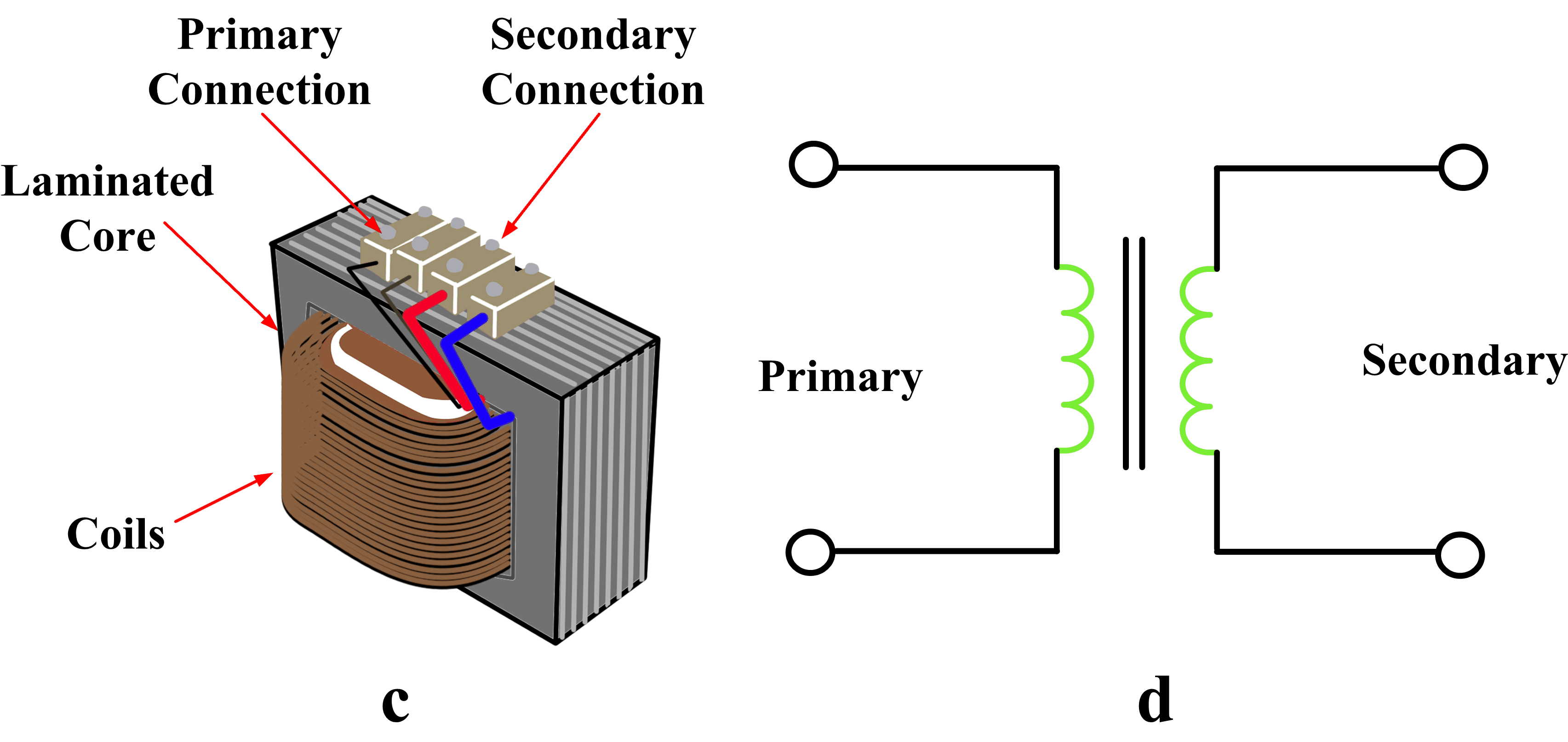
Power Transformer Electrical Academia
A power transformer diagram is a schematic depiction of an electrical power transformer, visually illustrating its components and their interconnections. It captures the internal architecture, encompassing elements such as the core, windings, tap changers, bushings, and cooling systems.
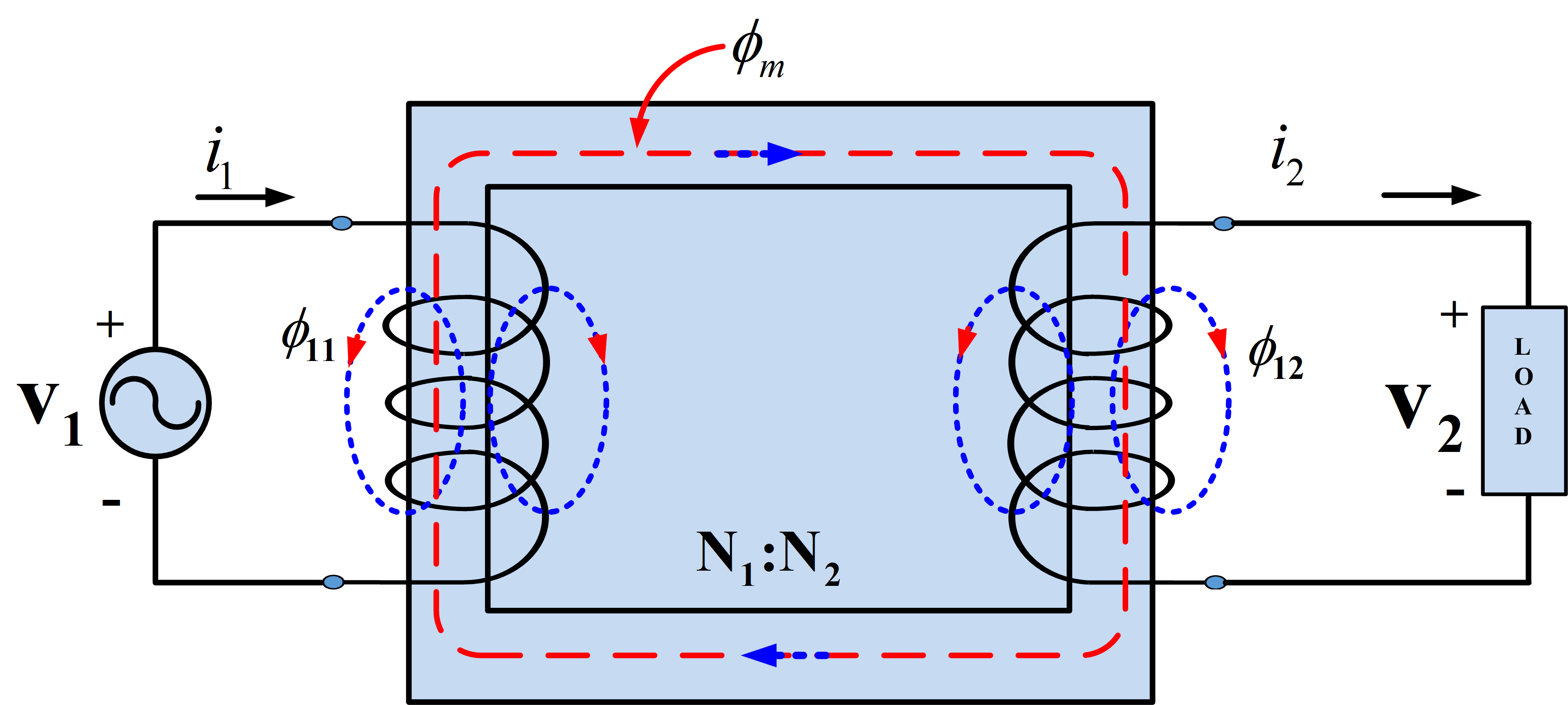
Determination of Transformer Equivalent Circuit Parameters Electrical Academia
A transformer is a passive component that transfers electrical energy from one electrical circuit to another circuit, or multiple circuits. A varying current in any coil of the transformer produces a varying magnetic flux in the transformer's core, which induces a varying electromotive force (EMF) across any other coils wound around the same core.
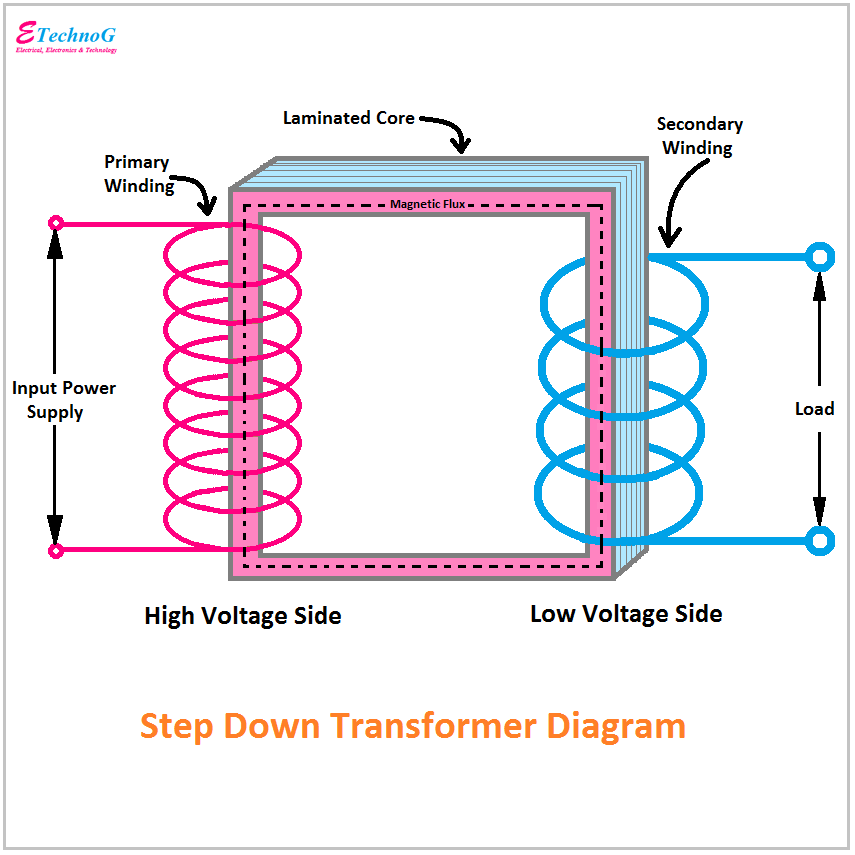
Step Up Transformer Wiring Diagrams
A transformer electrical diagram exhibits how electricity connects and the essential elements of a power transformer. Let's take a look at what is displayed in the distribution transformer diagram, residential transformer diagram, single phase transformer diagram, and power transformer diagram. Distribution Transformer Diagram

Transformer complete information
The power transformer diagram shows the interconnections of the different parts of the transformer and the electrical circuit of it. The transformer steps up and steps down the voltage according to the desired applications, thus a transformer changes voltage from one level to another.
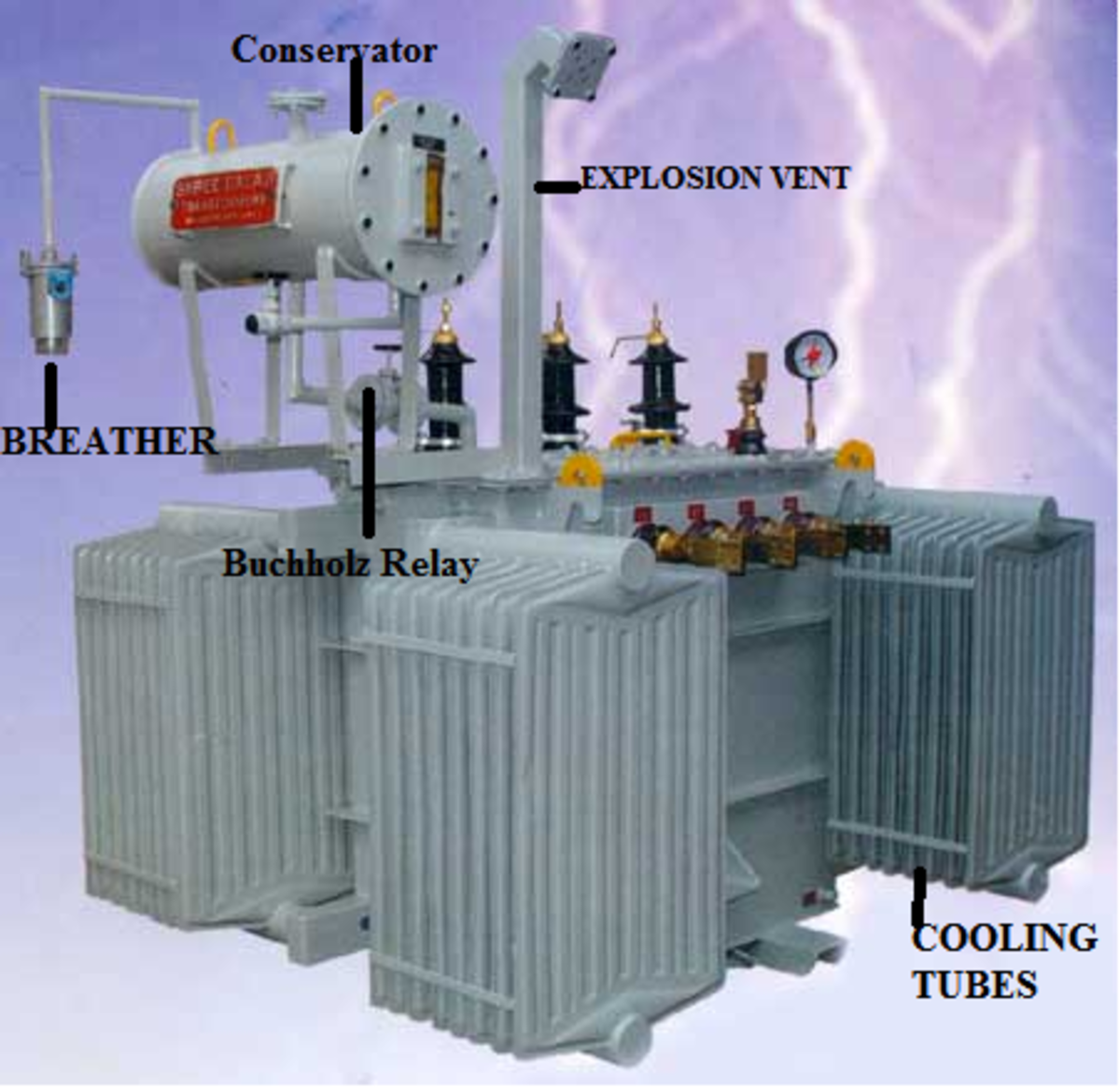
Parts of a Power Transformer Owlcation
In this video, I'll talk about the basic fundamentals of a transformer. And also discuss how to configure a transformer for use in different applications.Inf.

Engineering Photos,Videos and Articels (Engineering Search Engine) CHAPTER 1 POWER TRANSFORMERS
Ideal transformer equations. A voltage source v 1 is connected to the primary of the transformer. Where V 1 is the RMS value of applied voltage. Initially let us assume that no load is connected to the transformer secondary. Since the coils have zero resistance, A varying flux Φ is set up in the core, such that. (1)
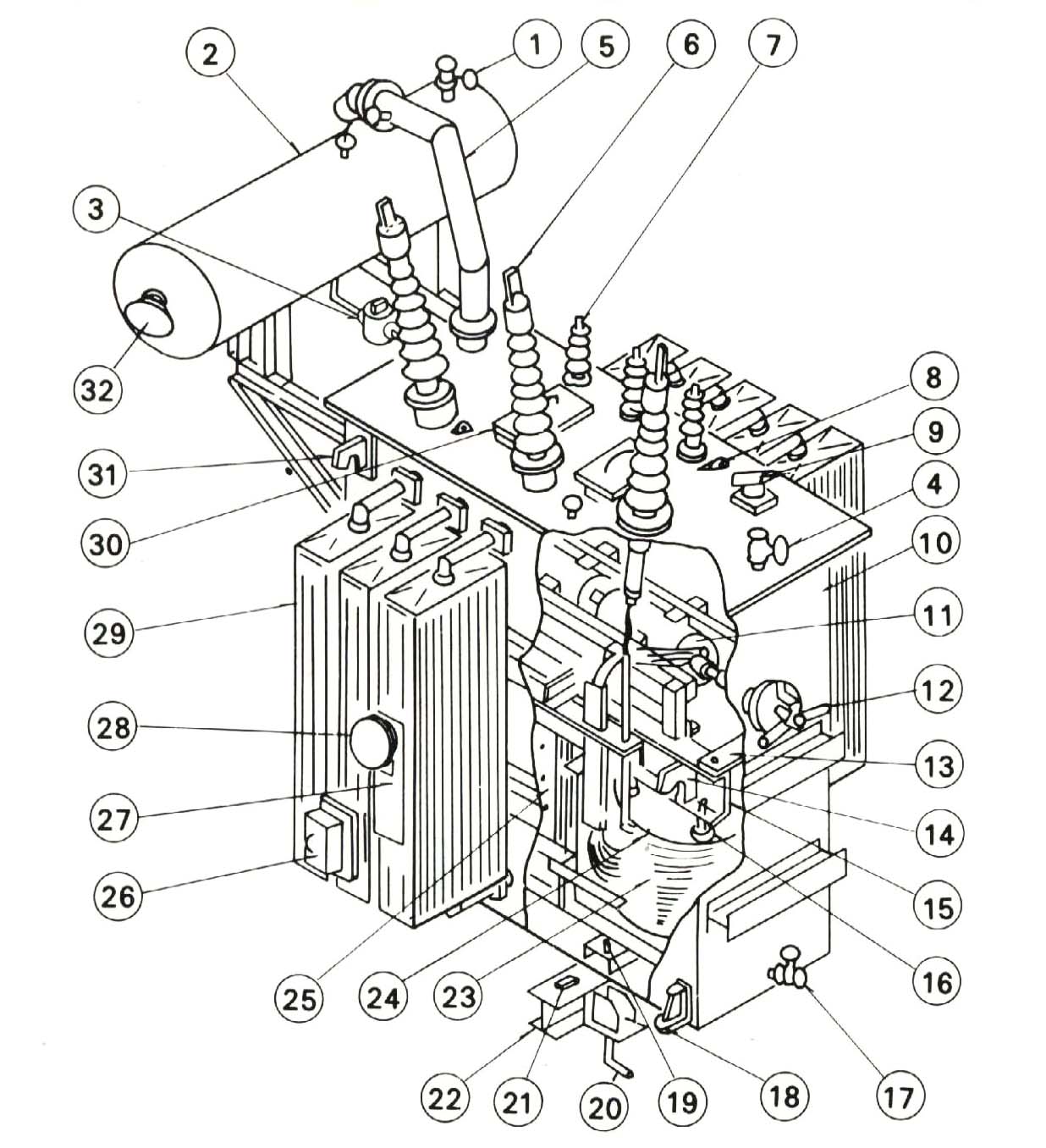
Engineerings Zone Transformer
These transformers are used at the generating stations to step up the voltage level and at the transmission substations for step-down the voltage level. These are huge in size. The typical ratings of power transformers are 400kV, 200 kV, 110 kV, 66 kV, 33 kV. These standards may vary from country to country. 2.

Transformer Main Parts
The Complete Guide to Power Transformer Diagram When it comes to transformers, it is fairly common to hear power transformers, which is why this article will be focused on the power transformer diagram and as well as the different types of transformers including step-up transformers.

Infinite EMF produced in transformer Physics Stack Exchange
Download Now The transformer is basically a voltage control device that is used widely in the distribution and transmission of alternating current power. The idea of a transformer was first discussed by Michael Faraday in the year 1831 and was carried forward by many other prominent science scholars.

Diagram Of A Transformer
Three-phase Transformers are the backbone of electrical power distribution whether Delta or Star connected windings. A three-phase electrical system in used to generate and transmit electric power over long distances for use by offices and industry. Three-phase voltages (and currents) are raised or lowered by means of three phase transformers.

Transformer Wiring Diagram Explained Wiring Draw
The power lost in the transformer is dissipated in the form of heat. Dry transformers are mostly natural air-cooled. But when it comes to oil-immersed transformers, a variety of cooling methods are followed. Depending on the kVA rating, power losses, and level of cooling requirements, radiators and cooling fans are mounted on the transformer tank.

Transformer Basics and Principles of Operation Basic Alternating Current (AC) Theory
A transformer basically is very simple static (or stationary) electro-magnetic passive electrical device that works on the principle of Faraday's law of induction by converting electrical energy from one value to another.

The basic power substation theory for students EEP
This technical article summarizes the basic types, connections, and diagrams of transformers needed for analyzing the electrical transmission and distribution systems. Analysing power transformers in electric power systems
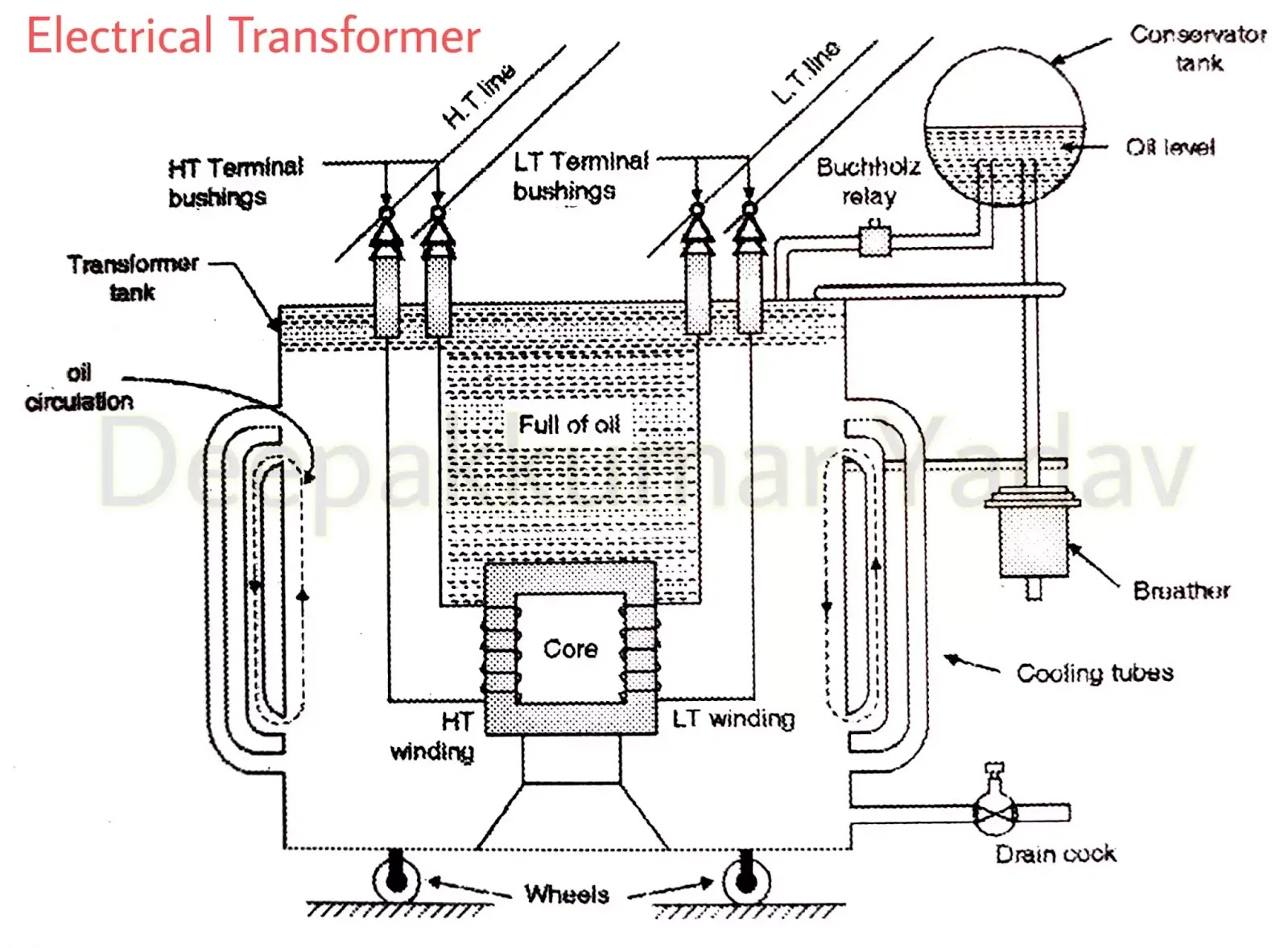
What is Electrical Transformer, Construction of a Three Phase Electrical Transformer
Overview Transformer Design Transformer Types Construction and Parts Core & Coils Electrical design Losses & Impedance Thermal, Dielectric & Short Circuit Cooling & Sound Level Mechanical design Tank Oil Preservation Transformer Manufacturing Process Power Transmission & Distribution

Electrical Transformer Circuit Diagram
The efficiency of a power transformer can be calculated using the transformer efficiency formula. Power transformer rating. A power transformer generally has a rating above 200 MVA. The secondary voltage ratings of a power transformer are higher as compared to the distribution transformer. It can have rating as 400kV, 200kV, 66kV, and 33kV.
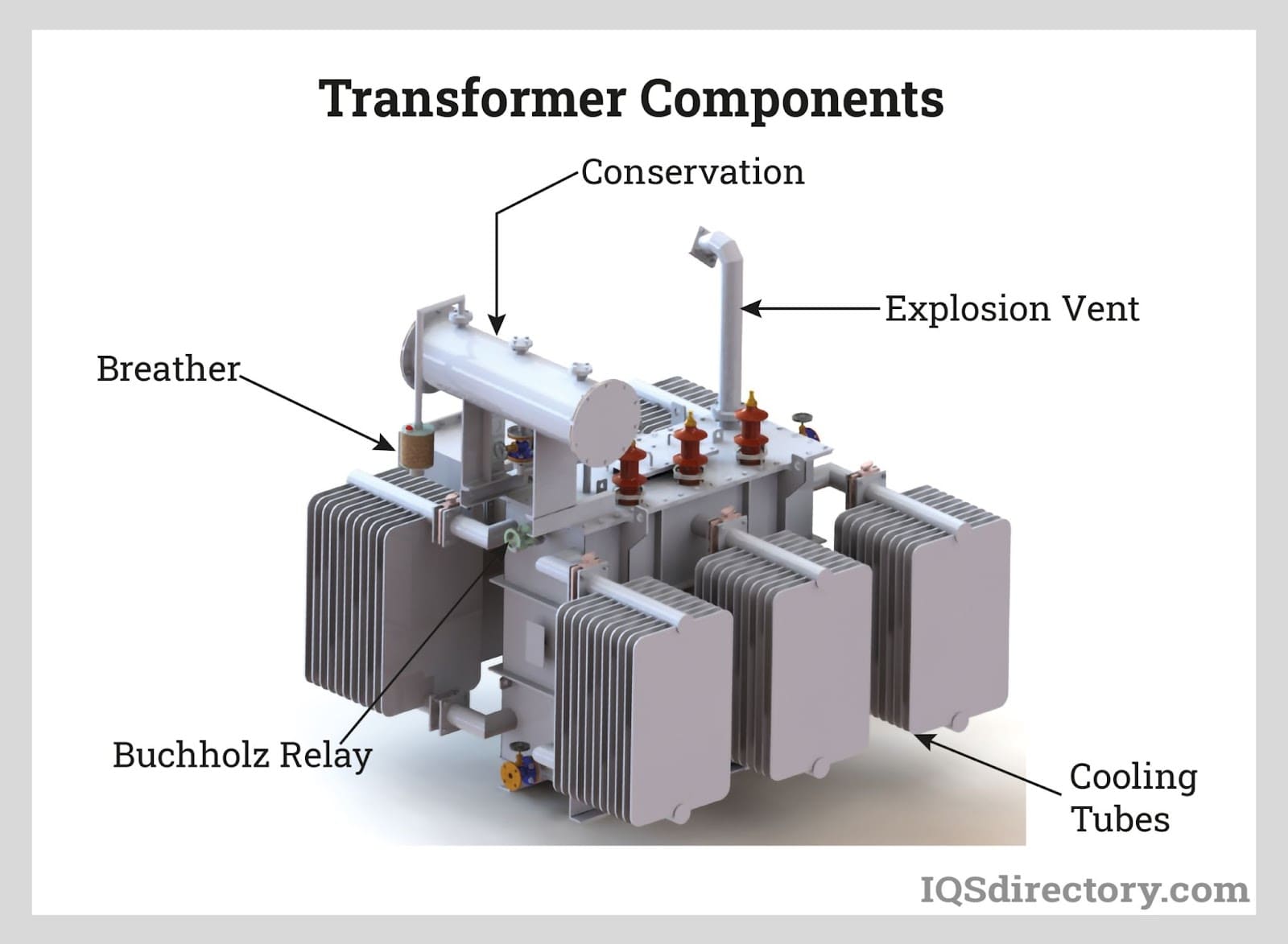
Electric Transformers Types, Applications, Benefits, and Components
A transformer is an electromagnetic device that converts electrical energy from one circuit to another without changing its frequency or power. Transformers help to improve the efficiency and safety of electric power systems by raising and lowering voltage levels as and when needed.